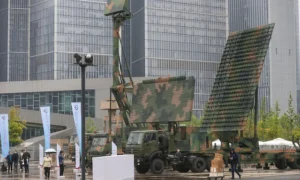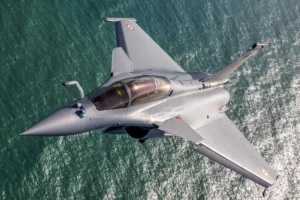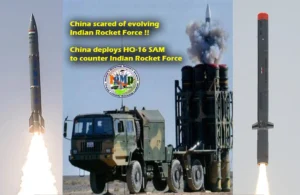Source : The EurAsian Times

India is taking a leaf out of China’s playbook and is investing in ports in foreign countries. After securing stakes in ports in Iran, Sri Lanka, Myanmar, and Oman, the Indian firm is looking to invest in a port in the Philippines. The island country is embroiled in a territorial contest with China in the South China Sea.
For a long time, China has pursued a “string of pearls” strategy to create infrastructure projects and staging posts ready from the Middle East and Asia to gain strategic clout and naval access. Beijing later rebranded its geopolitical ambitions known as the “string of pearls” in the West as the Maritime Silk Road initiative.
In 2024, India made tremendous headway by investing in ports abroad. After burning its hands at the hands of Chinese investment, luring it into a debt trap, the Sri Lankan government has decided to renovate its Kankesanturai Port in the Northern Province with 100% Indian funding.
In a strategic coup, India, in partnership with a Russian firm, secured management rights for the Mattala Rajapaksa International Airport in Hambantota, Sri Lanka. The airport, developed through Chinese loans, contributed to a financial crisis in the island country, and in return, Sri Lanka got only the “world’s emptiest airport” with minimal flight activity.
Management control over MRIA gives India significant leverage over the Hambantota port and makes it implausible for the Chinese Navy to develop a substantial facility at sight without controlling the airport.
Indian firm Adani Group has also signed an agreement with Sri Lanka’s John Keells Holdings and the state-owned SLPA (Sri Lanka Ports Authority) to develop the Colombo West International Container Terminal (CWICT) jointly. The investment is more than US $700 million, making it the largest foreign investment in Sri Lanka’s port sector.
Now, Adani Group, through its subsidiary Adani Ports and Special Economic Zone Limited (APSEZ), is planning to invest in a port in the Philippines. APSEZ, India’s biggest private port operator, is eyeing the Bataan province in the Philippines for its port development plan. The company aims to develop a deep port that can accommodate Panamax vessels.
On May 2, APSEZ Managing Director Karan Adani met Philippines President Ferdinand R. Marcos Jr. at Malacanang to discuss these plans. Adani Group, meanwhile, is also planning investments in ports, airports, power, and defense sectors.
In July 2022, APSEZ partnered with the Gadot Group in Israel and won the lease to privatize Israel’s second-largest port, the Port of Haifa, for US $1.18 billion. The Haifa Port manages almost half of Israel’s container freight and also serves as the country’s primary port for cruise ships and passenger traffic.
The Indian government assumed control of the operations of a portion of the Shahid Beheshti Port, Chabahar, Iran, on December 24, 2018. The port is Iran’s sole deep-sea port with direct access to the ocean.

India invested in the Chabahar Port to gain greater access to trade with Afghanistan and other Central Asian countries, thus reducing dependency on Pakistan’s land routes.
The port has the potential to grow into one of the most significant business centers in the region, as it is a crucial transit hub on the developing International North-South Transport Corridor. This was the first instance of India operating a port outside its borders. The ten-year formal contract for equipping and running the Chabahar Port was started on May 23, 2016.
Chabahar is one of the few regions in Iran that is not subject to American sanctions, which greatly streamlines international trade processes with other countries. Recently, Indian weapons supplied to Armenia transited through this port.
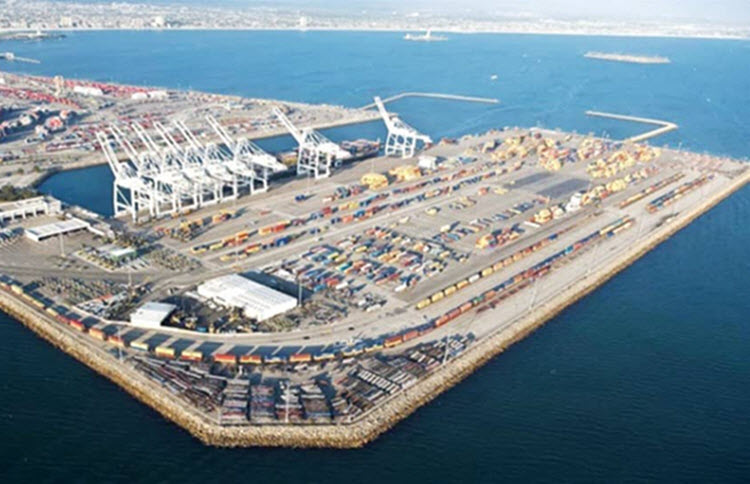
After Chabahar, India gained the right to operate a second overseas port, Sittwe, in Myanmar. India constructed the deep water Sittwe Port in Myanmar in 2016. The port was constructed as part of the Kaladan Multi-Modal Transit Transport Project. This project will link Myanmar’s Sittwe Port to the Myanmar-India border.
Myanmar is of geo-strategic importance to both India and China. Both countries have maintained ties with the military regime since the 2021 takeover and toppling of the civilian government of Aung San Suu Kyi. The two countries have not followed Western sanctions despite political persecution and detentions in the country.

India also entered an agreement with Oman for military use and logistical support in the new Port of Duqm, which seems like a part of India’s grand strategy to strengthen its maritime posture in the Indian Ocean Region.
China’s Port Investments – The Flag Behind The Trade
Chittagong in Bangladesh, Gwadar in Pakistan, Hambantota in Sri Lanka, Kyaupkyu in Myanmar, Malacca in Malaysia, and Mombasa in Kenya. The Indian Ocean region is a key recipient of China’s investment in foreign commercial ports.
Chinese entities have acquired a total of 101 port projects. There are dual-use (commercial and military) ports owned, constructed, or operated by Chinese firms.
China operates or owns at least one port in every continent except Antarctica. Of the 101 projects, 92 are active, whereas the remaining nine port projects have become inactive due to cancellation or suspension by the end of September 2023.
The projects have been canceled or suspended due to environmental concerns, political ties nosediving, financial problems, and security issues raised domestically and internationally.
After Hambantota in Sri Lanka and Gwadar port in Pakistan in South Asia, China is building a submarine base in Bangladesh and another port in Myanmar.
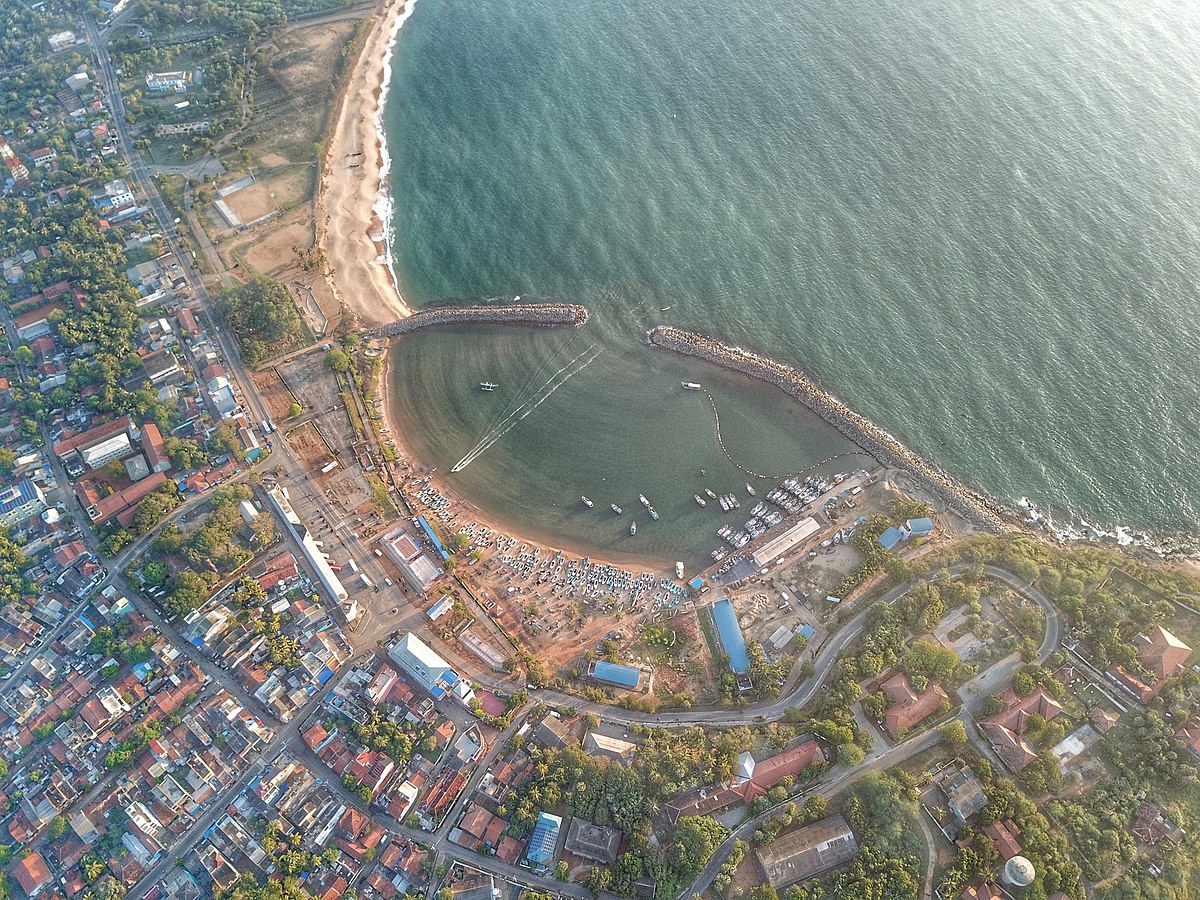
The three Chinese-run ports in South Asia – Chittagong in Bangladesh, Hambantota in Sri Lanka, and Gwadar in Pakistan – are called a “triangle of death” encircling India. Chinese submarines and warships will dock right under India’s nose very soon. Apart from supplying submarines to the Bangladesh Navy, China is constructing a port in Cox’s Bazar, which was inaugurated in 2023.
China has termed its endeavors in the Indian Ocean benign, a claim India has not accepted. The capabilities that the Chinese Navy is pursuing in the region would help it to undertake a military mission in the region.
The Chinese Navy entered the region at the beginning of 2008 under the pretext of fighting piracy in the Gulf of Aden. It was termed a Brown-Water Navy till then, and it slowly gained capability and capacity by boosting its shipbuilding activities. The PLA-Navy’s presence became a constant as it began sailing from the Western Pacific to the Horn of Africa, traversing the Indian Ocean.
This was followed by China deploying its submarines in the region to support its surface vessels on anti-piracy missions. The missions also explained why Chinese ships could make port calls in countries like Sri Lanka.
China has long sought access to the Bay of Bengal and the Arabian Sea because of its limited and unfavorable maritime geography, particularly along the Western Pacific. China’s entry into the Bay of Bengal was facilitated earlier by Myanmar and now by Bangladesh.


